Research: Extensive research has been conducted on this species to gain information about population size, factors affecting mortality and reproduction, habitat use and selection, foraging habits, seasonal movements, interactions with people, den ecology and hibernation physiology, seasonal changes in weight and body condition, and many other aspects of their biology and ecology. Much of this information has been gained through capture and handling, and radio-collaring, now mainly with GPS collars that transmit data back to researchers via a satellite.
Many U.S. states and Canadian provinces with resident populations of this species have dedicated bear (or carnivore or furbearer) research biologists. This is especially true of jurisdictions that provide legal hunting of this species, in which case state or provincial bear biologists often focus on ways of alleviating threats (e.g., reducing human–bear conflicts), and ensuring that harvests are sustainable. Considerable effort has gone into methods of tracking population size and trend using harvest data, DNA hair-snaring, and data from radio-collared animals.
Among the 8 species of bears, American black bears are unique in often being accessible and safe to handle at their den sites. Researchers commonly visit dens of radio-collared bears, to study den selection, hibernation physiology, growth rates, reproduction, and to refit or change radio-collars. In northern regions, these bears hibernate deeply, so researchers can easily drug them and temporarily extract them from dens to conduct such studies. In southern regions, they are more alert in dens and may leave the den site at the approach of people.
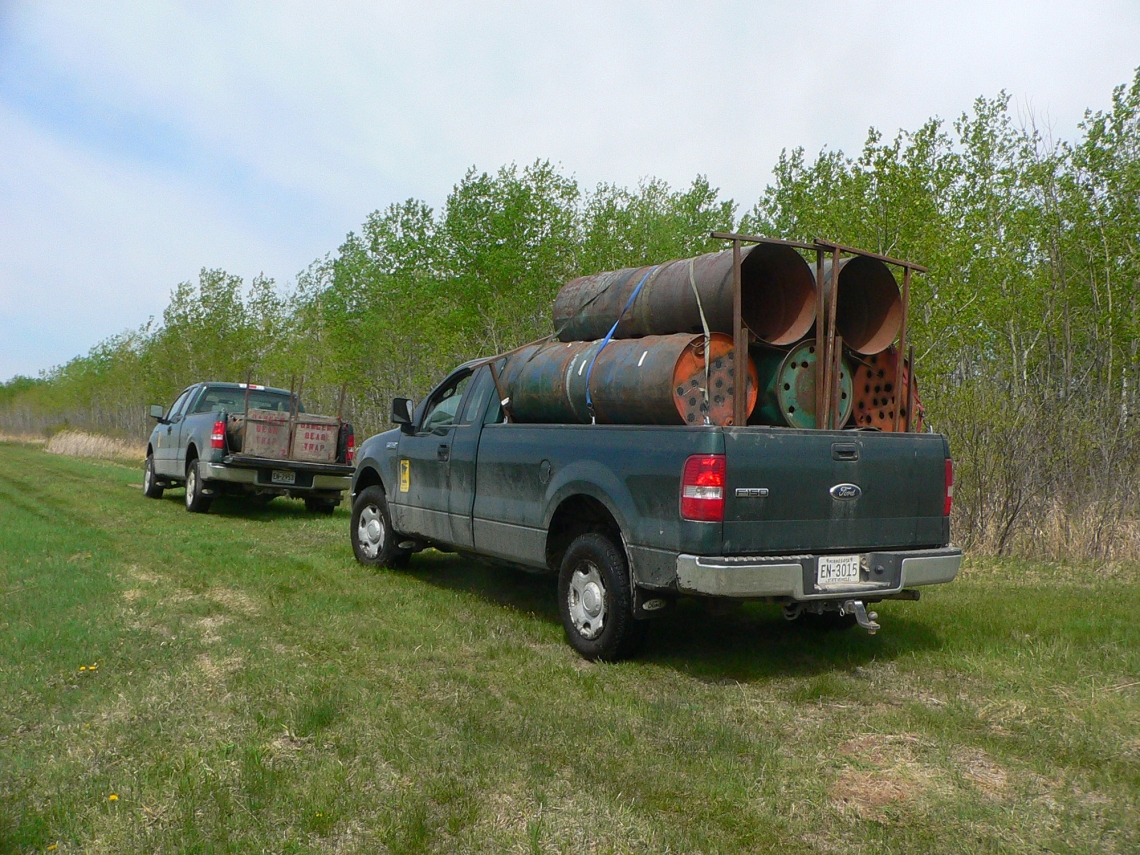
American black bear_U americanus_Minnesota_bear barrel traps used for research by Minnesota DNR_D Garshelis

American black bear_U americanus_Minnesota_cubby set Aldrich foot snare to capture bears for research_D Garshelis
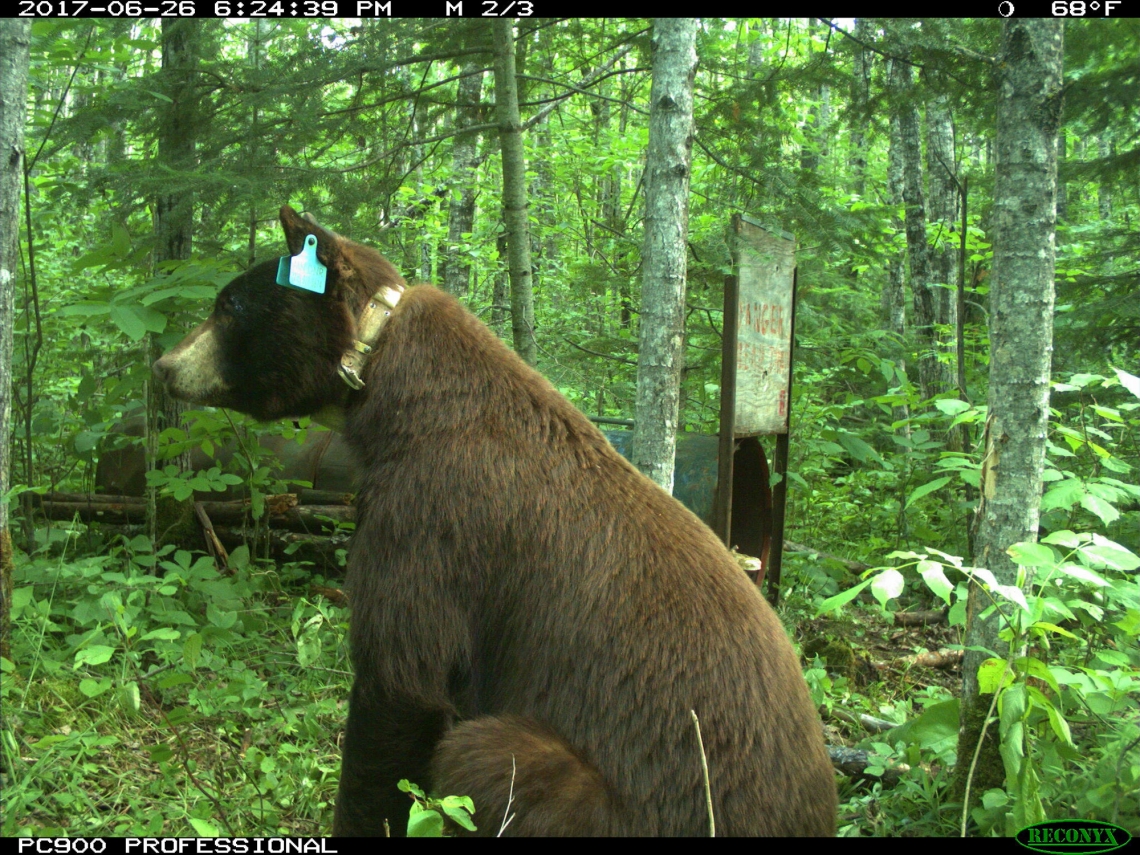
American black bear_U americanus_Minnesota_radio and eartagged bear in front of trap_Minnesota DNR camera trap
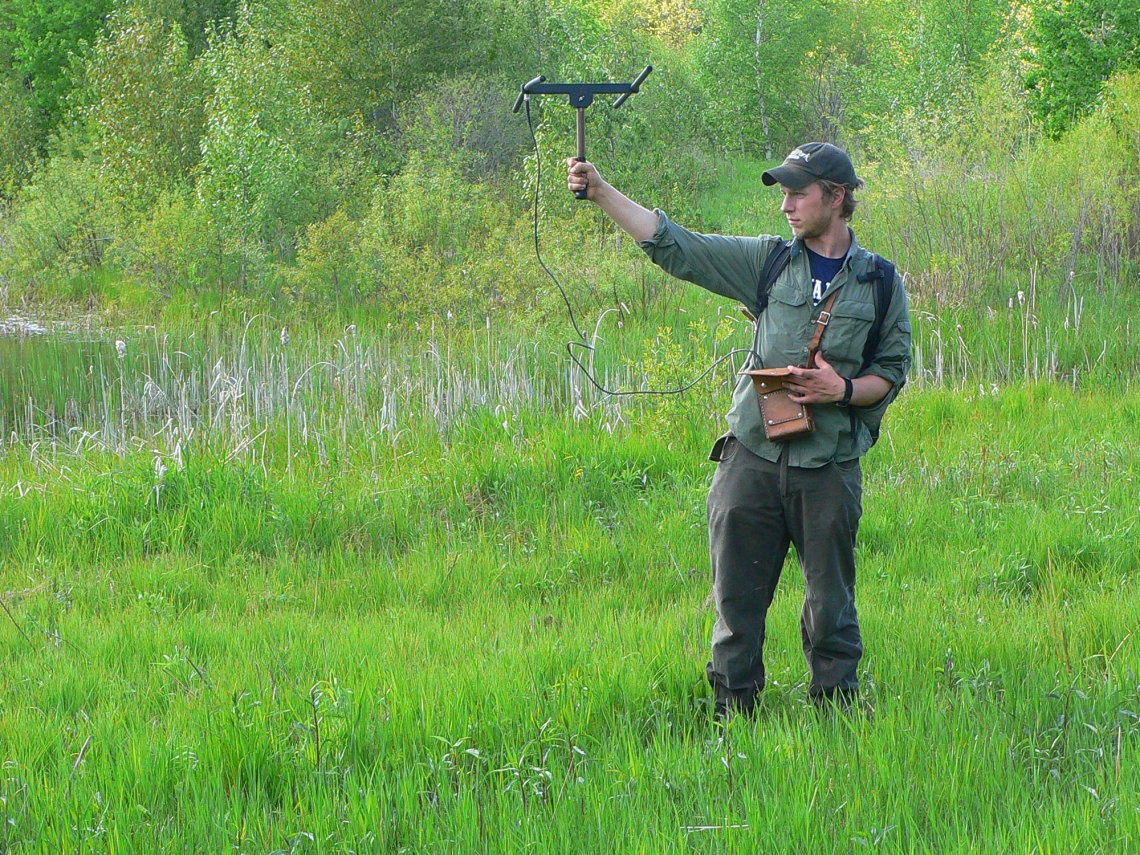
American black bear_U americanus_Minnesota_radiotracking to determine habitat use_D Garshelis
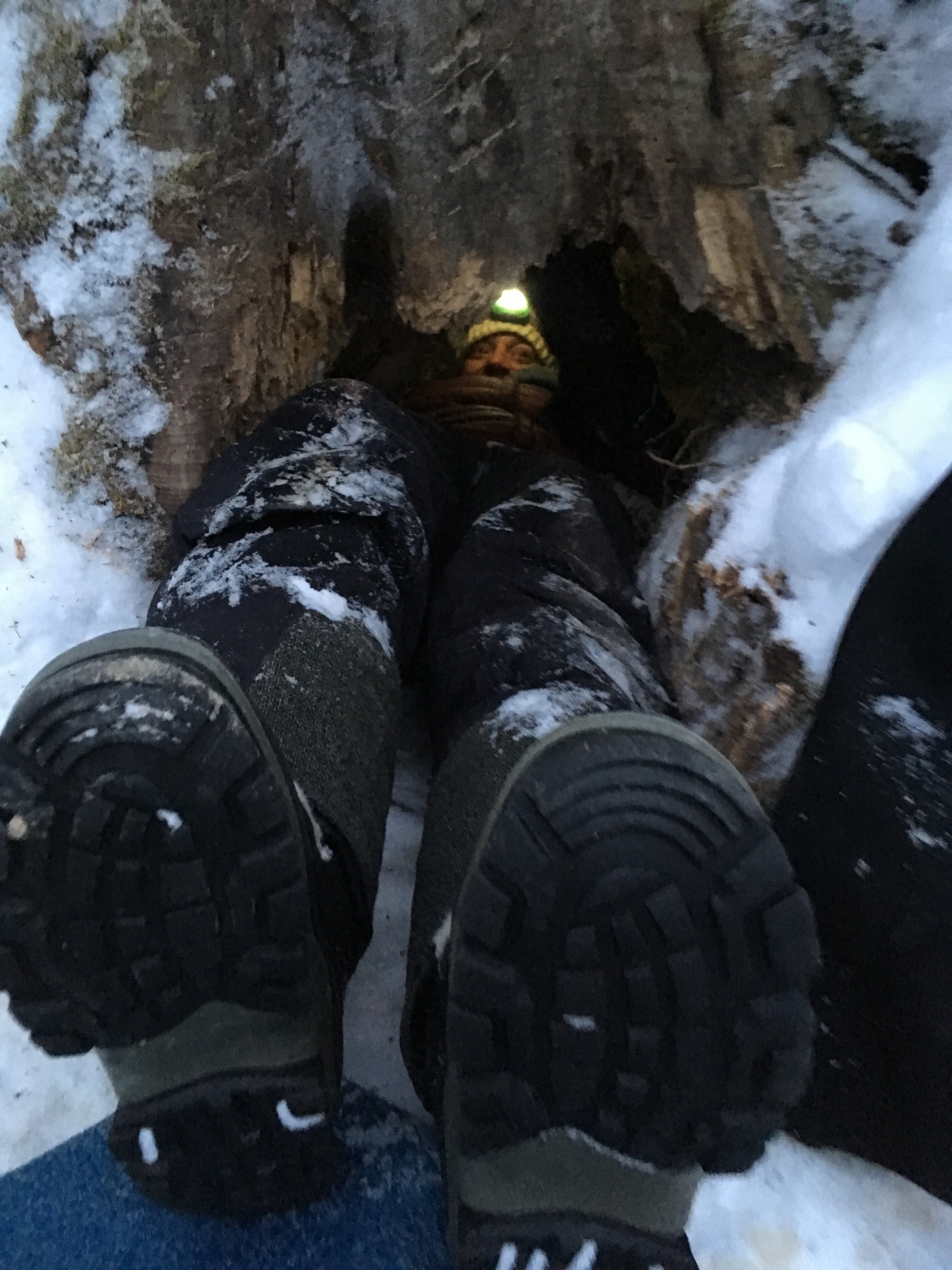
American black bear_U americanus_Minnesota_researcher measuring inside bear den_D Garshelis
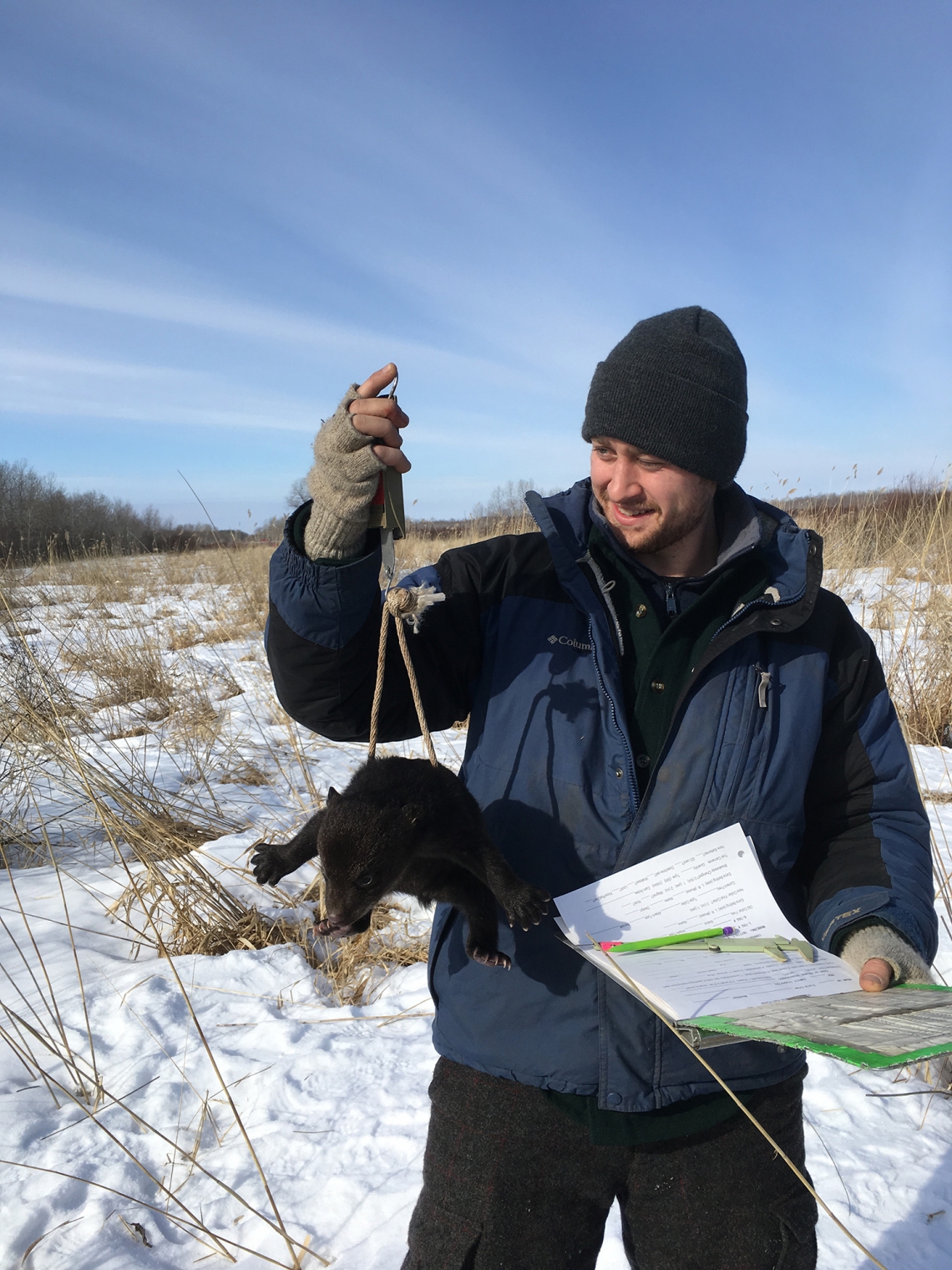
American black bear_U americanus_Minnesota_weighing cubs at den_D Garshelis
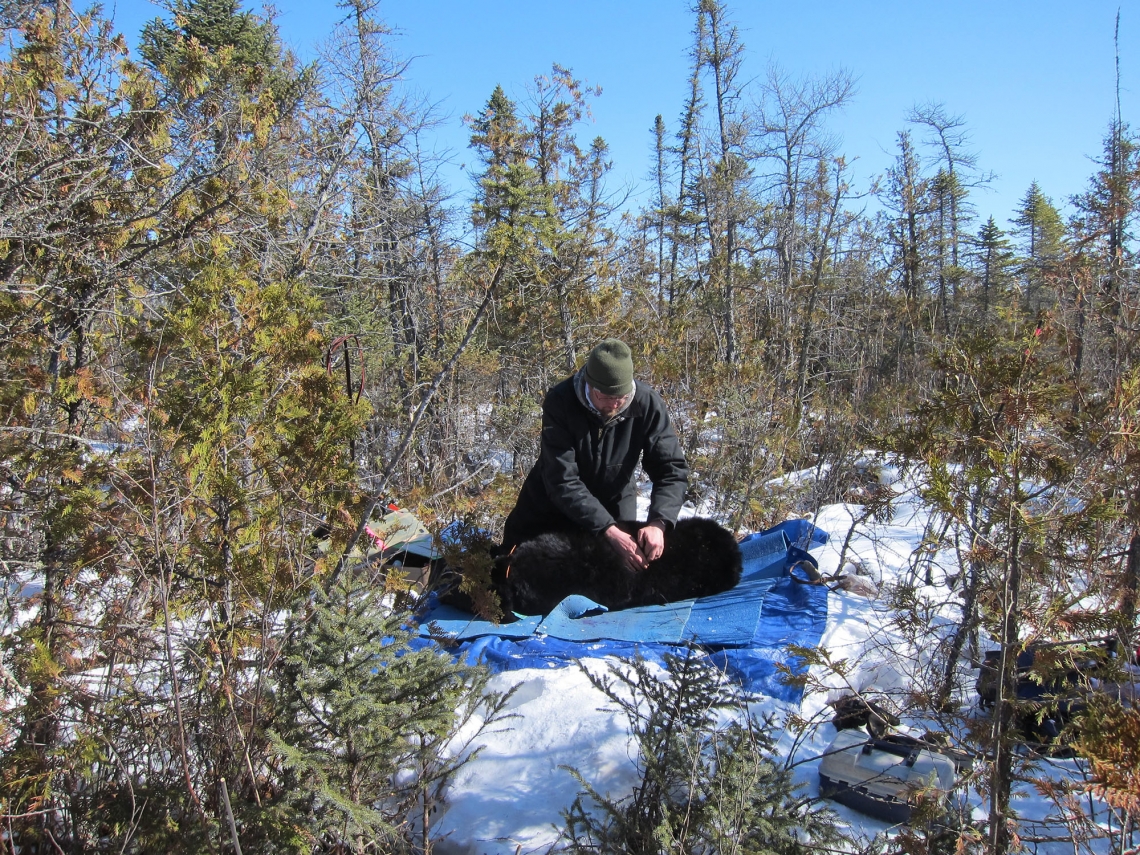
American black bear_U americanus_Minnesota_researcher studying changes in body condition (denning bear)_D Garshelis
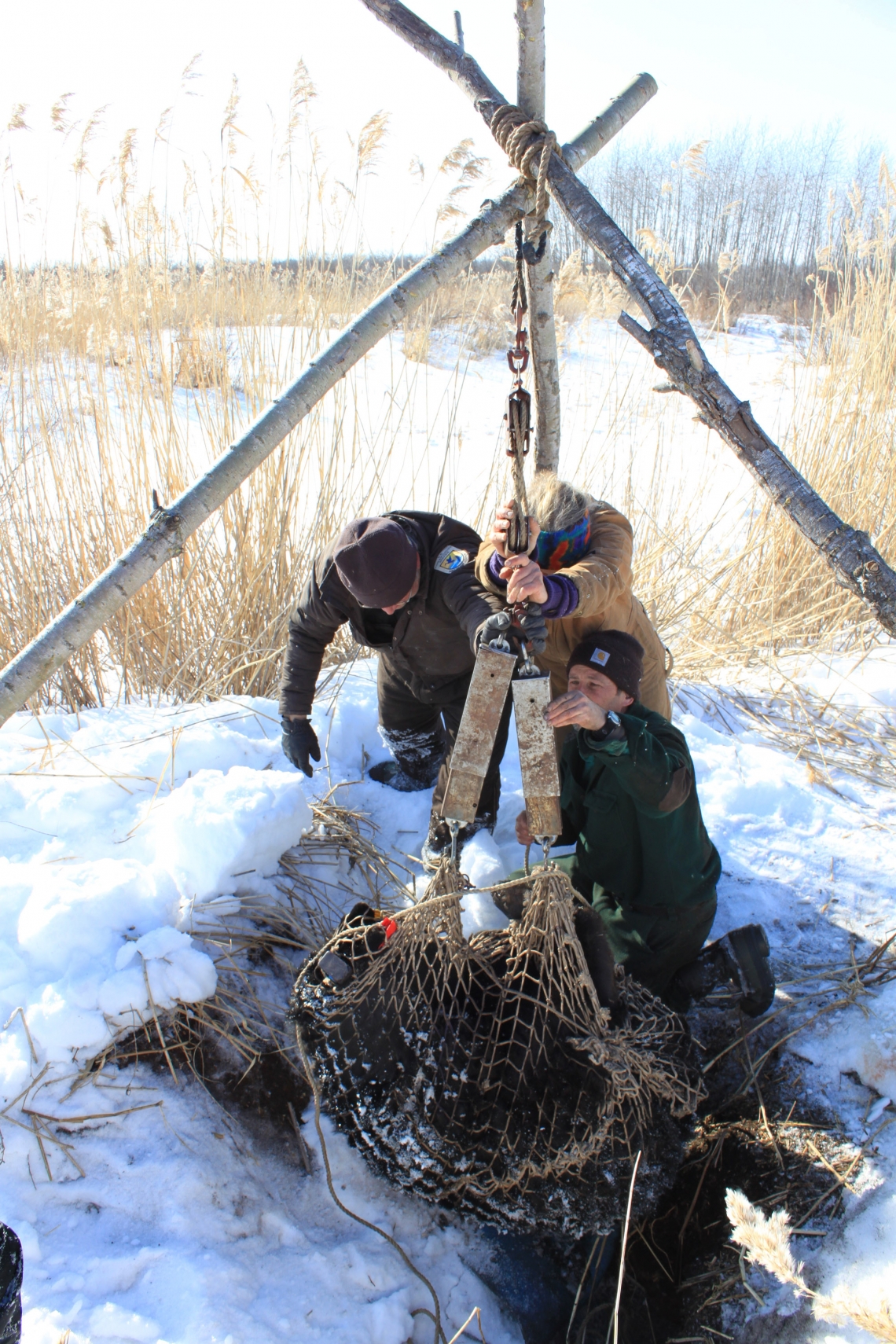
American black bear_U americanus Minnesota_weighing bear at entrance to den_S Koike

American black bear_U americanus_Minnesota_researchers studying hibernation physiology_D Garshelis
Immobilizing American black bear in barrel trap using a jab stick, Minnesota, USA_D Garshelis
Releasing already collared American black bear from barrel trap without immobilization, Minnesota USA_S Rettler
Conservation measures: Through the 1800s and early 1900s, American black bears lost extensive habitat due to clearing of forests. At the same time, they were widely hunted for meat, skins, and fat, or hunted or poisoned with the intent of eliminating or severely reducing their numbers to lessen damage to crops, apiaries, and livestock. Governments often paid a bounty to encourage the killing of black bears.
Protection and recovery occurred state-by-state and province-by-province during 1902–1983 as laws were changed and American black bears gained protection as a big game species. In southeastern U.S., a system of sanctuaries (centered around national parks) was established where bears were not hunted, providing a nucleus for future expansion, which worked remarkably well.
Increased forest habitat and reduced human-caused mortality led to rapid recovery since the 1980s. States and provinces controlled legal hunting (through restrictions on hunting seasons, bag limits, and license quotas). More research and better population monitoring methods in recent years enabled agencies to adapt management policies that enabled populations to grow, aided by a more favorable opinion of this species by the public.
Wildlife management agencies also have taken an increasingly active role in reducing the number of bears killed in conflict situations with people, in some cases involving stricter laws against shooting and intentional or inadvertent feeding (in some jurisdictions, feeding bears is illegal and bear-resistant trash receptacles are required). Educational programs aimed at reducing availability of food and garbage that could attract bears, promoting public tolerance, and recognizing that American black bears are typically not a threat to human safety, have all contributed to increased social acceptance of this species living near people. The relatively docile nature of this bear, and its ready habituation to people has fostered greater coexistence between American black bears and humans than for any other bear.
In all, the conservation of this bear species is one of the most successful of any carnivore worldwide.

American black bear_U americanus_Minnesota_family of bears killed in den for bounty, circa 1949_unknown

American black bear_U americanus_Coahuila Mexico_viewing opportunities at deer feeder_D Hewitt
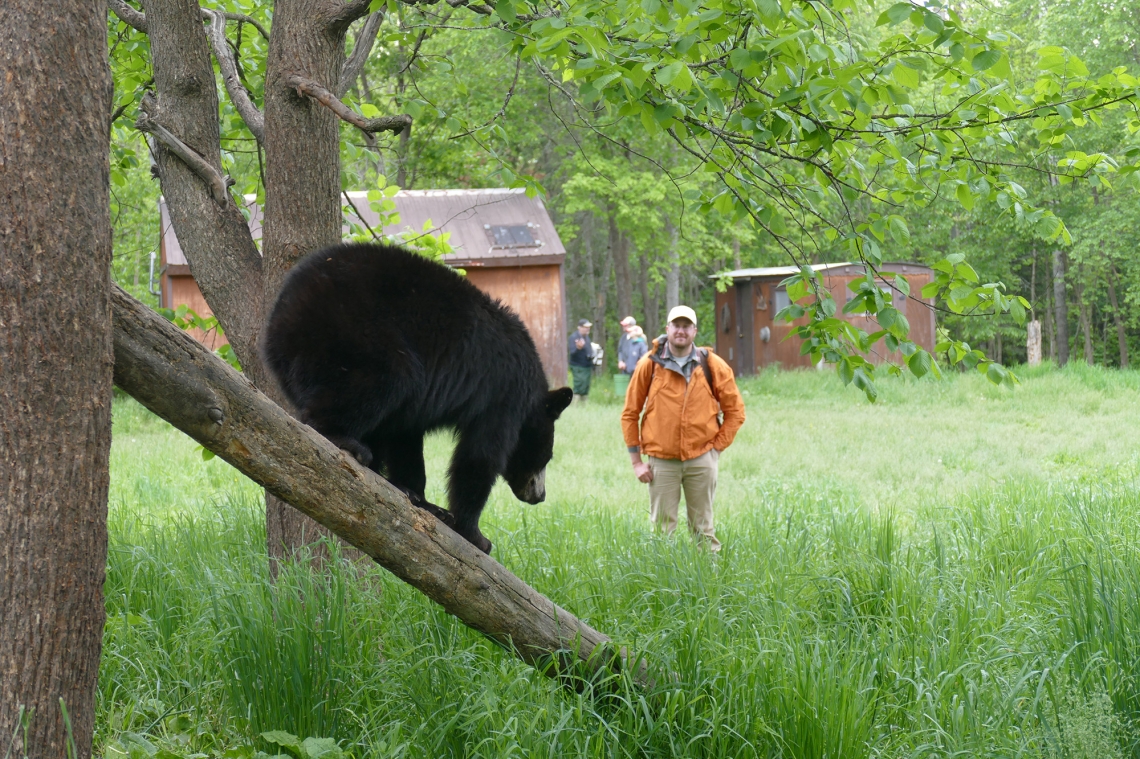
American black bear_U americanus_Minnesota_coexisting with people_D Garshelis
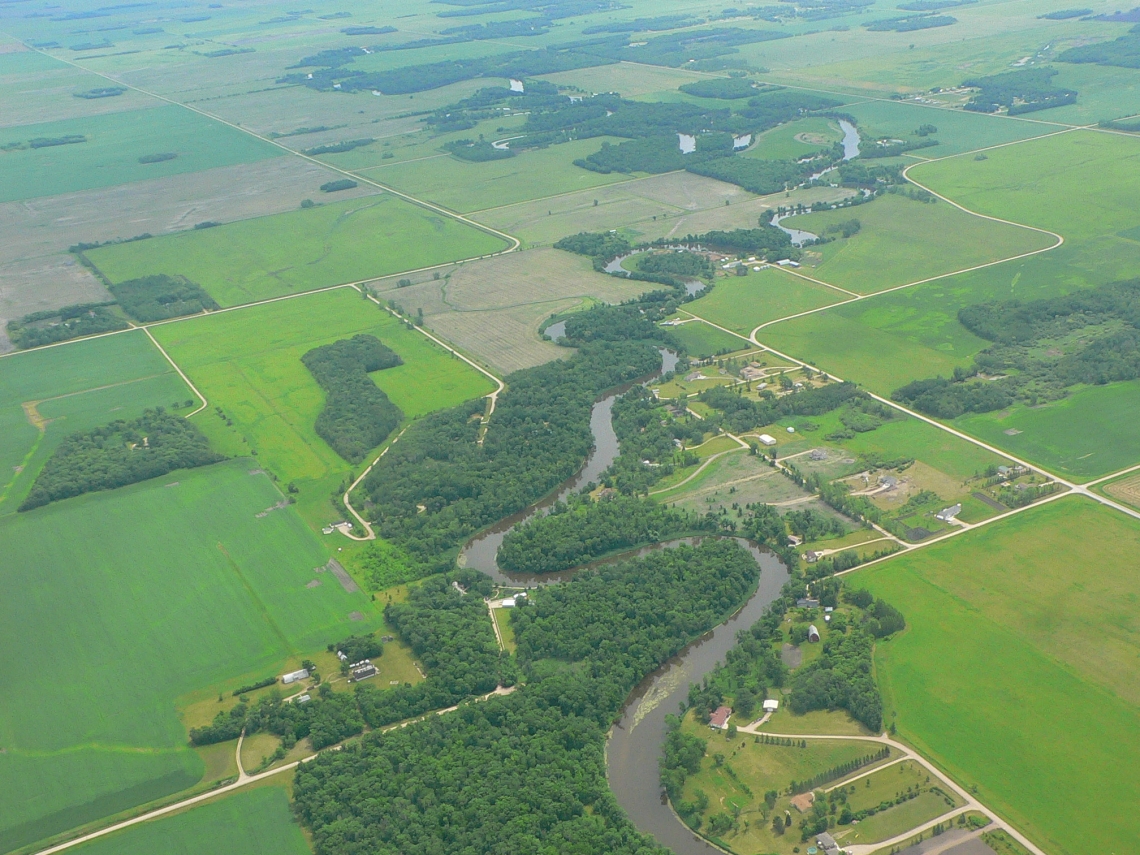
American black bear_U americanus_Minnesota_wooded river corridor used for travel through agricultural landscape_D Garshelis